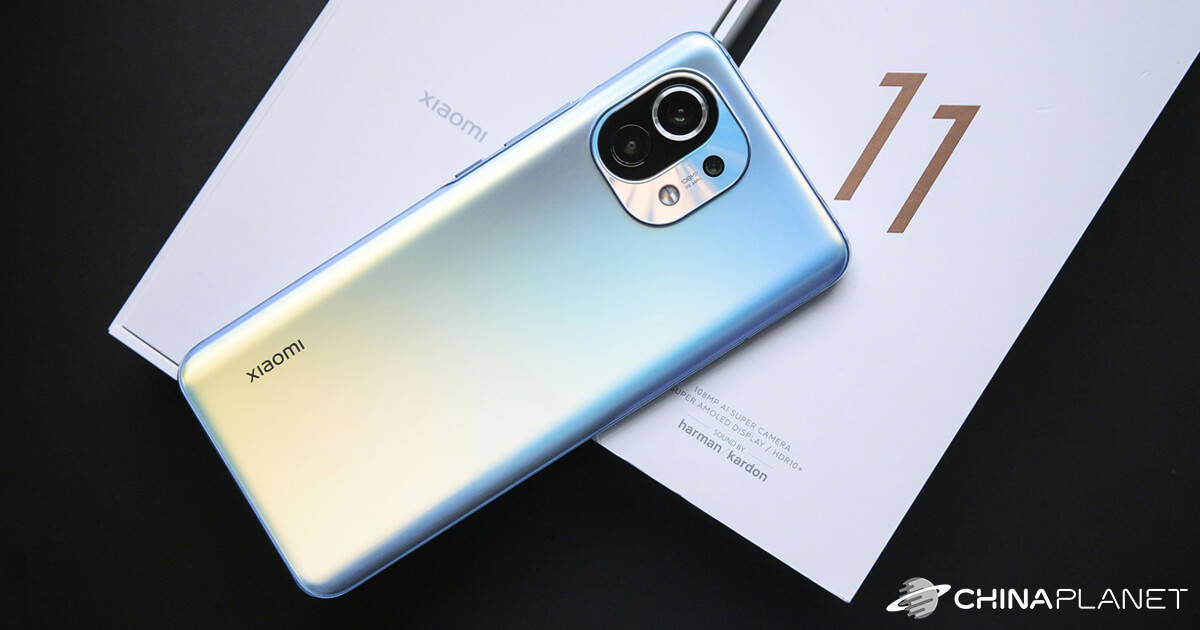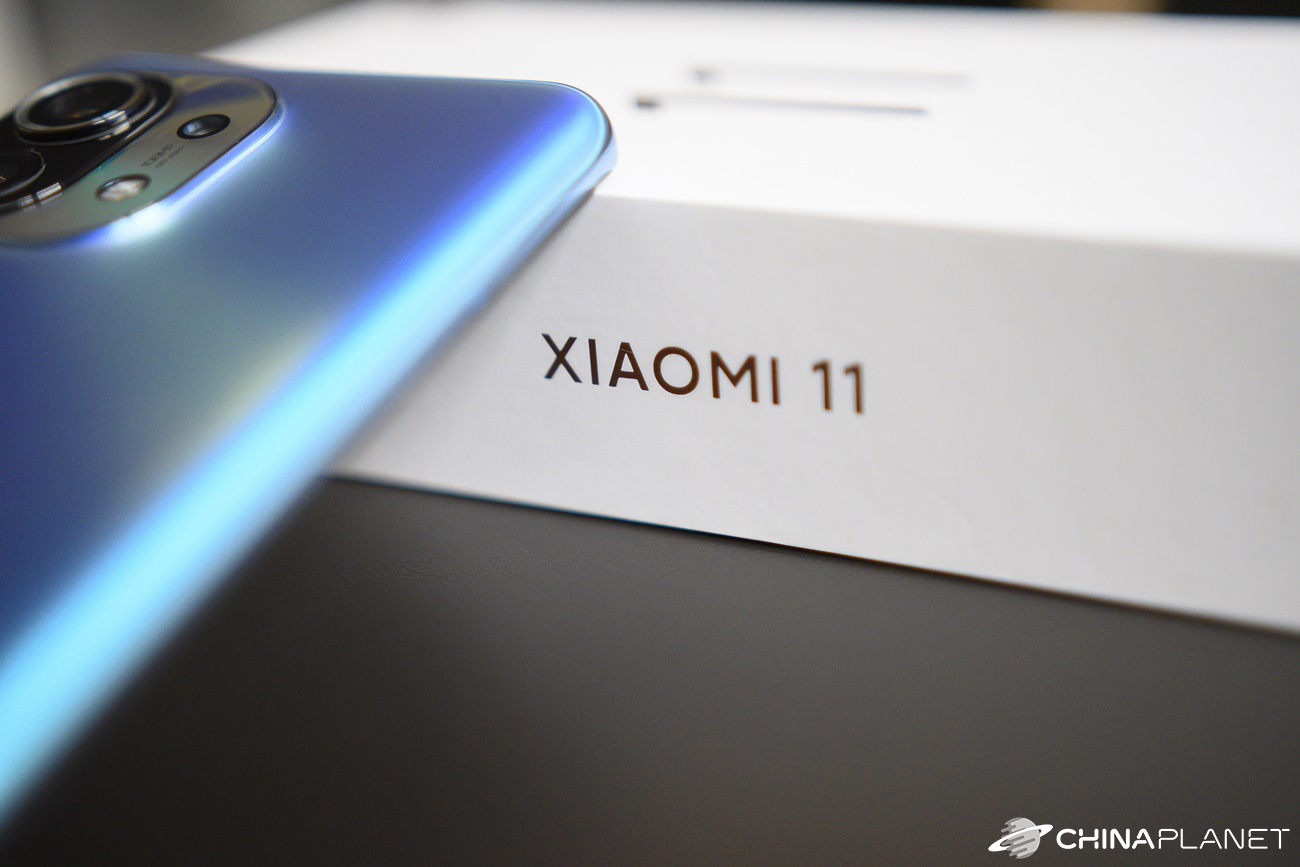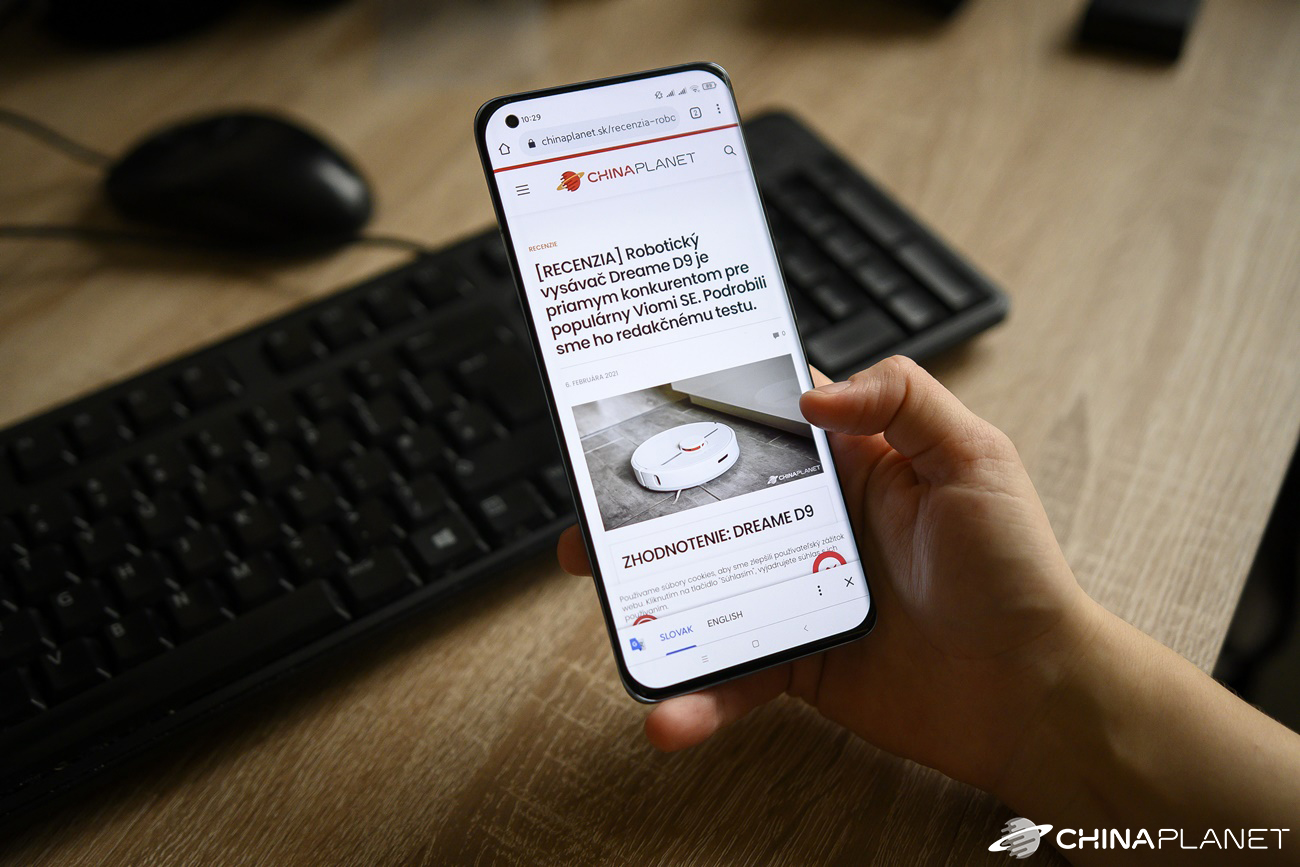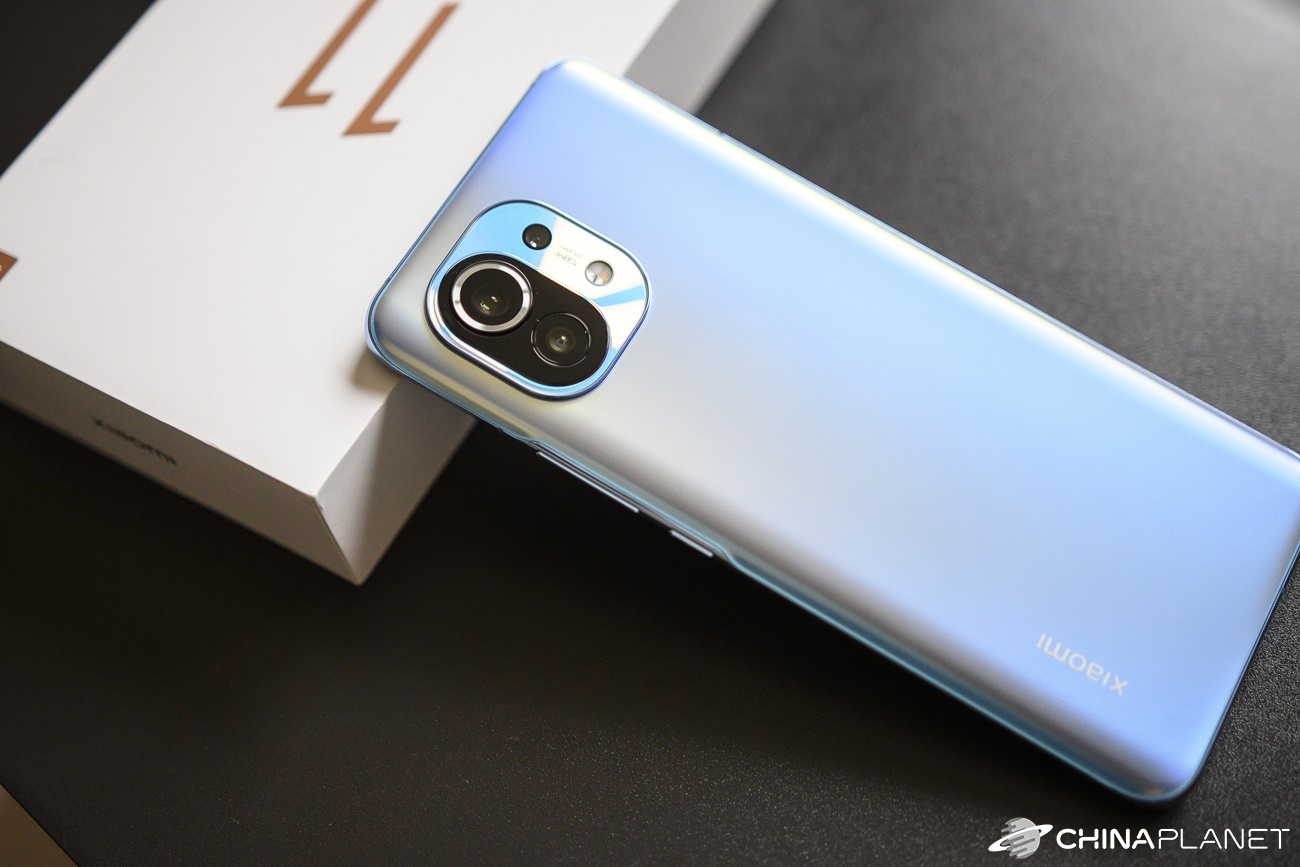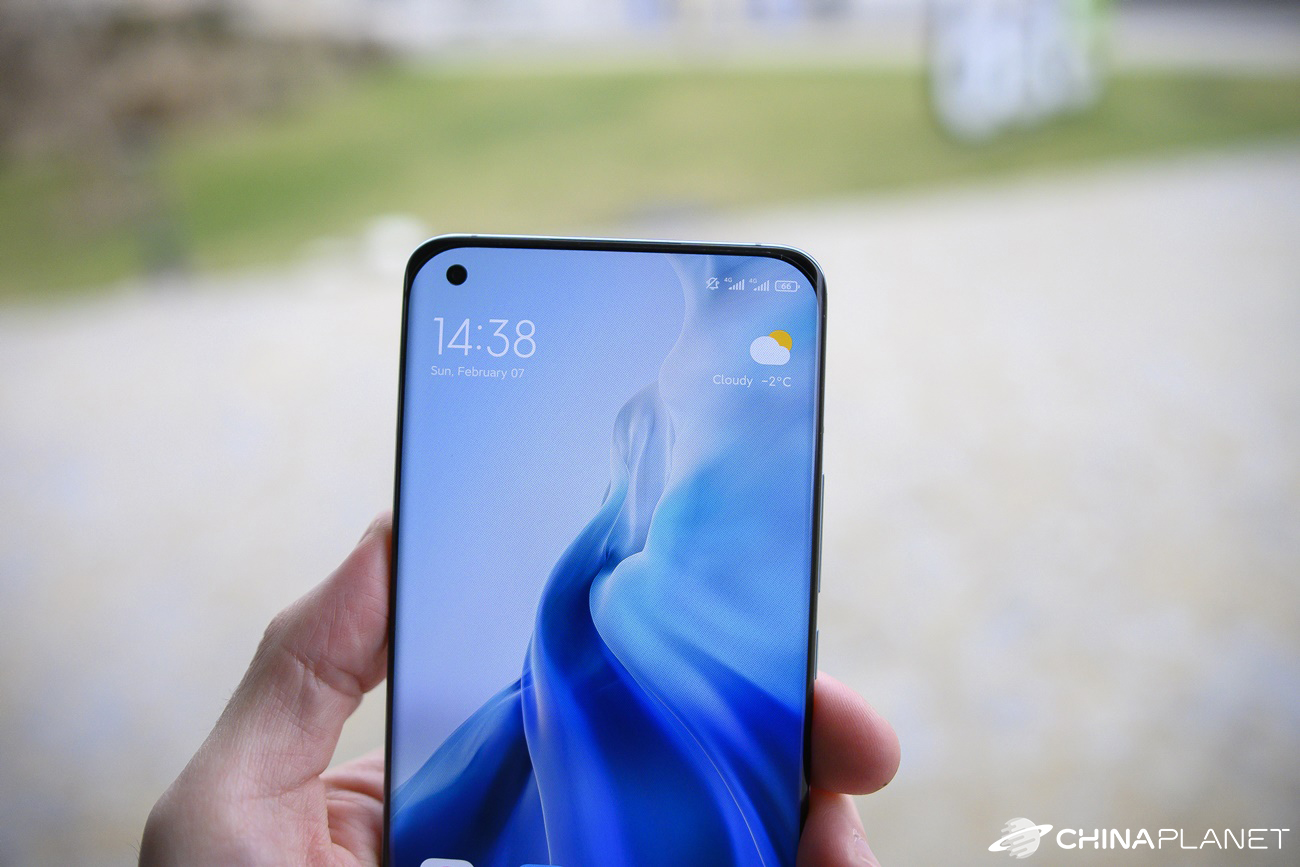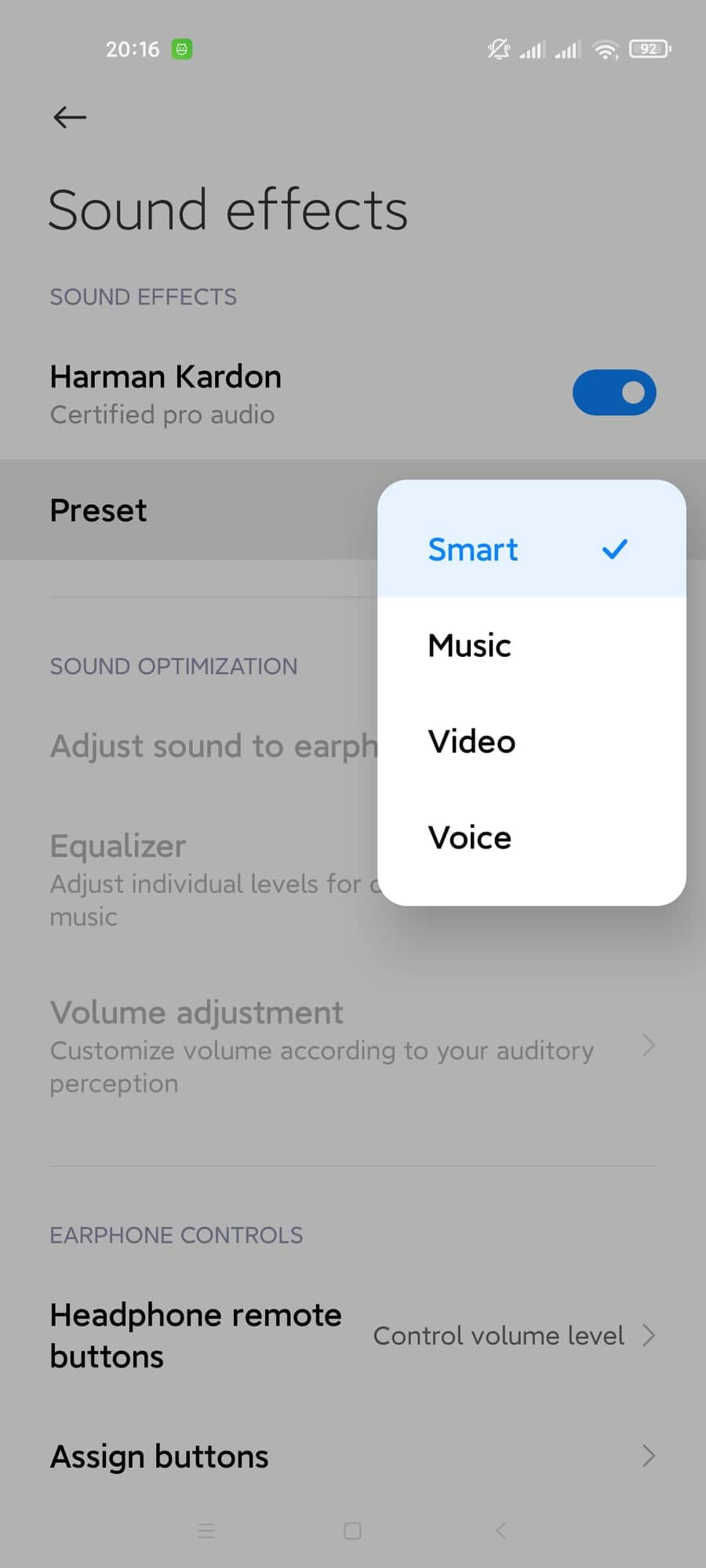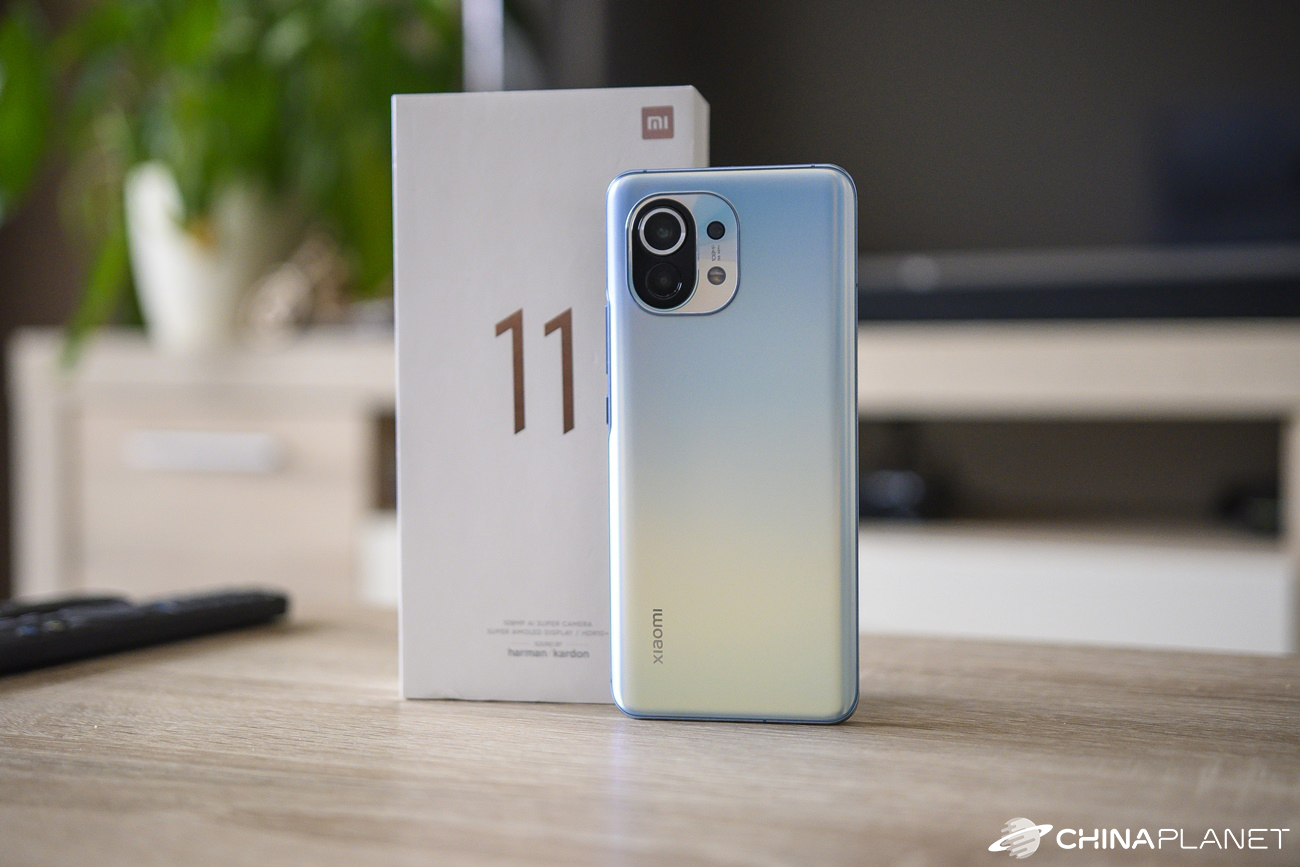At the end of 2020, Xiaomi introduced its new flagship model Mi 11. We exclusively bring you one of the first detailed reviews in Slovakia and the Czech Republic. Although we are all looking forward to the sale of the global version, we have not resisted and Xiaomi Mi 11 we bought from chinese distribution.
Where did we buy Xiaomi Mi 11?
We ordered a novelty in the form of Xiaomi Mi 11 from the TradingShenzhen e-shop. It was also the first order in which we tested this new seller. Since the Mi 11 supports all networks, including our 4G B20 in the Chinese version, we did not hesitate for a moment and ordered a new flagship.
If you don't want to wait for the availability of the global version and would also like to save something, you can also buy a smartphone from a Chinese distribution. Complete experience with shopping through the e-shop TradingShenzhen.com we wrote in our article.
Chinese version: Why not?
Yes, we ordered the Chinese version. Why? There are several reasons. The first is the fact that Xiaomi Mi 11 from the Chinese distribution also supports all bands, including 800 MHz B20 LTE, which is used in our country. We will not lose 4G support and we will also save. Even with the Chinese version, it is possible to work without problems in Europe.
If you follow our website, you must have noticed that in recent years the prices of the global versions of the flagships have been significantly higher compared to the Chinese ones. And it was confirmed even now. The global version of the Mi 11 starts at the official price of €749, which is almost 120 € more than nami purchased Chinese version.
Sure, in the introductory events a special coupon was available, but it was a sale through Aliexpress, without duty-free transport, so it is necessary to add 20% VAT and customs duties. So even this action is not ideal.
Another reason is the availability of so-called custom ROM from MIUI CZ SK community. After 7 days with a logged in Xiaomi account, it is possible to unlock the bootloader and install this ROM, thus gaining support for both Slovak and Czech languages.
Package without charger
Like Apple and Samsung, Xiaomi has decided to offer its flagship without a charger. So at least in the case of the Chinese version. Unlike the named brands, Xiaomi gives you the choice of whether you want a charger or not. There are 2 versions available, with and without a charging adapter.
At the TradingShenzhen retailer there is a version with a charger but at an additional cost. Since we have more than enough charging adapters at home, we went for the version without a charger. At home, we already have the original European 65W Xiaomi charger, which we use to charge several devices.
Although many people have multiple charging adapters from older phones at home, few of them are powerful enough to take full advantage of fast charging. The charger package in the case of the global version, which comes with a 55W fast adapter, will be ideal for the vast majority of customers.
The box is therefore smaller and, in addition to the smartphone, it contains only instructions for use and a transparent case. The TradingShenzhen reseller also enclosed a hand-filled certificate stating that the phone had been tested before shipment and that Google services had been installed on it, as they were not in the reader's version.
Quality of workmanship and design
Xiaomi Mi 11 is available in an interesting blue color. At different angles, the color changes to different shades of blue to yellow. The phone weighs only 194 g and measures 164.3 x 74.6 x 8.1 mm.
The construction is made of aluminum and on the back we find a slightly shiny glass, which is finally not such a magnet for fingerprints. There is also a purple and brown color with a leather-like surface, which can also be interesting.
Design is, of course, a subjective matter, and whether you like it or not, you have to admit that it is finally different from previous generations. We really like the phone in terms of design. Compared to the Mi 10, the smartphone is thinner and slightly higher. It holds very well in the hand and despite the fact that it is generally large, we quickly got used to these dimensions.
The back is dominated by three cameras with LED flash and Xiaomi logo at the bottom. As for the buttons, there are the classic buttons for controlling the volume and turning on / off or locking or waking up the display. Harman Kardon stereo speakers and a rechargeable USB-C port have also found their place here. However, you will not find a 3.5 mm headphone jack here.
One of the most beautiful AMOLED displays we've ever seen
Probably the biggest feature of this smartphone is its display. If we should describe it in one word, it is amazing. There is a 6.81 ″ AMOLED display with a resolution of 1440 x 3200 px, an aspect ratio of 20: 9 and a refresh rate of 120 Hz. The brightness reaches 1500 rivets and the entire display is protected by the latest generation of Gorilla Glass Victus.
This is probably the best display currently available on the market. So far we have used the Mi 10 with a 90 Hz AMOLED display and the difference between it and the new display in the Xiaomi Mi 11 with a refresh rate of 120 Hz is obvious at first glance.
Everything is even smoother and watching videos or any animations on this display is a pleasure for us. We don't even have to talk about differences with the classic 60 Hz.
The display is curved on all four sides. At the top and bottom it is curved a little less than at the sides. Such a curvature of the display is still acceptable and does not cause significant glare.
A minor problem can occur when gluing tempered glass, which does not always hold best on curved displays. We received the phone with the foil glued on the display, which will not protect it from impact, but at least we will avoid possible scratches.
FHD + or WQHD + resolution is available in the display settings. The difference between these resolutions is not visible to the naked eye. There is also the option of automatic resolution switching as well as automatic adjustment of the refresh rate, which saves battery.
You can also turn on the read mode, which suppresses the blue component, thus saving the eyes. You can also set it to turn on and off automatically at selected times. Another interesting feature is the so-called anti-flicker mode, which reduces image flicker in low light, which also helps protect our eyes. There is also an always-on display with many customization options.
As we mentioned in the introduction, the display is curved. In its corners, however, the rounding of the display is slightly unfortunate, thanks to which there is a thicker frame around the display in these places, which looks a bit asymmetrical.
Uncompromising performance thanks to the new Snapdragon 888
Xiaomi Mi 11 is the first smartphone with the latest processor from Qualcomm for 2021, Snapdragon 888, with built-in support for 5G networks. It is the most powerful processor on the market for Android smartphones, which is followed by the Adreno 660 graphics chip.
Nami the tested Mi 11 model has 8 GB of RAM and 128 GB of storage. There are also versions with 256 GB of memory in combination with 8 or 12 GB of RAM. The RAM memory is LPDDR5 type and the internal memory also comes with the new UFS 3.1 version. Memory cards are not supported.
In AnTuT we achieved a score of 688, which automatically catapulted us to the first place in the rankings ahead of the Huawei Mate 632 Pro. However, the difference is not very large, as the Snapdragon 40 and Kirin 888 processors are very similar in terms of performance. Graphics performance should increase by 9000% compared to the older generation, according to Qualcomm.
It is clear that there are no slow reactions on this smartphone and we can play any game in high detail. There is also a Game Turbo application, which will ensure optimization for the best gaming experience.
We installed some of the most graphically demanding games today - Call of Duty Mobile and Asphalt 9. Both games ran most of the time at 60 fps. We were also curious about the heating of the smartphone. After a few minutes of playing, the top half, especially around the camera, was relatively warm.
108 MPx camera we already know
Many of you are definitely interested in the camera. So let's take a look at how Xiaomi Mi 11 takes photos. There are 3 main cameras and a selfie camera:
- Widescreen 108 MPx with aperture f / 1.85, sensor size 1 / 1.33
- Ultra-wide 13 MPx with f / 2.3 aperture, sensor size 1 / 3.06
- Tele-macro 5 MPx with f / 2.0 aperture, sensor size 1/5
- Selfie camera 20 MPx with aperture f / 2.3, sensor size 1 / 3.4
The main, 108 MPx sensor is the same as the Mi 10 or Mi Note 10 (Samsung Bright S5KHMX), but in the case of the Mi 11 it has a slightly worse aperture. As you may have noticed, there is no proper telephoto lens.
This freezes slightly, especially at a time when smartphone manufacturers are ahead of those who come up with a better zoom. The Mi 11 only offers 2x optical zoom. Xiaomi thus keeps the trumps for the Mi 11 Pro and Ultra models.
The photos from the main camera are full of details, especially at 108 MPx resolution. With this size, it is not a problem to work with cutouts, or to zoom in on a photo in the post-process. Such photos have a resolution of up to 12032 x 9024 px.
By default, 108 MPx shooting is turned off, and photos taken with the main sensor are 6016 x 4512 px. The photos have natural colors, they are not oversaturated and overall we are satisfied with the output. Compared to the Xiaomi Mi Note 10, however, no significant improvement can be seen.
Below you can see some sample photos taken by the main sensor.
Here are a few photos from the ultra-wide angle sensor. The quality is good, even though the sensor has only 13 MPx. The color rendering is slightly worse than the main sensor. The size of these photos is 4208 x 3120 px.
Night photos are also very good, but in the late evening we recommend turning on night mode, which brightens the photo and offers more detail with more beautiful colors. When we turned on night mode just after dark, the photos were too bright and unnatural.
Let's also look at the 5 MPx macro sensor. He can take surprisingly high quality photos. However, it is a bit more difficult to take pictures with it, there is a lack of better stabilization, which would help when taking pictures of objects up close. We had most of the photos blurred, but the few sharp ones are really worth it.
The following photos show the difference between the portrait mode and the selfie camera. Of course, the portrait mode via the main camera has a higher quality, but the selfie camera can't be put to shame either. It is also good for video calls, but has minor problems with dynamirange if you have a window or other light source in the background.
You can view the photos from the article plus a few extras in full resolution via of this link.
Video quality
Xiaomi Mi 11 offers video in a maximum resolution of 8K at 30 fps, which is still, in our opinion, unnecessary and is more about chasing high numbers. At this resolution, the video is not stabilized, which spoils the whole impression. But the video quality is good.
4K video already offers optical stabilization, HDR10 + and the ability to switch images between 30 and 60 fps. Thanks to stabilization, the video is smoother, but somehow too much to see the stabilization activity in the video, which blurs it slightly.
In the following video, you can see how he records Mi 11 during the day and night. The quality of the video is excellent, but the stabilization activity slightly spoils the overall impression of the video. We hope the developers will fix this bug in an update. This is probably just a software issue.
There are also several special video effects available that can bring interesting elements to the video. You will find here, for example, the so-called magic zoom or time freeze. We shot short samples using the mentioned effects.
Unlocking options
In addition to the classic security features, the Xiaomi Mi 11 received an optical fingerprint reader on the display. However, its speed is still not perfect and it still does not have a classic, hardware fingerprint reader. Unlocking is not immediate and sometimes takes a few seconds.
Personally, we would rather see a mechanical reader here that is ultra fast than an imperfect reader in the display. Alternatively, an interesting option would be to use both types, leaving the choice to the smartphone user.
Another option is to unlock with a face. This works surprisingly very well, even if only during the day, as the camera cannot capture a face in the dark. The smartphone unlocks with your face literally immediately, almost at the same time as you press the button to light up the display. Face unlock speed is incomparably better than fingerprint unlock.
The fingerprint sensor in the display can also be used to measure heart rate. To do this, the Health application is required, which measures the heart rate for 15 seconds after placing a finger on the optical sensor in the display.
Is it possible to live with a Chinese MIUI?
The Chinese version of the Mi 11 smartphone arrived with Android 11 and the MIUI extension in version 12.0.12. We were immediately offered an update to version 12.0.22. The environment is very well managed in terms of design and function. It offers a really large number of customizations of various elements of the environment and effective animations.
There are 2 great wallpapers on offer, many different designs of lock screen or always-on display. The control center has an integrated Mi Home application, which displays smart devices that have been added to favorites.
Sometimes we were surprised by Chinese characters in different places, even though we had our language set to English. For example, the symbol for switching the keyboard to special characters contains Chinese characters.
We have also occasionally received notifications in Chinese. However, these are the disadvantages of the Chinese version, which we will simply get rid of after installing the new ROM. We will also share our experience after installing this ROM later. While writing the review, we waited for permission to unlock the bootloader, which is required to install the ROM from the Miuios.cz community.
Stereo speakers from Harman Kardon
Xiaomi brings stereo speakers in the Mi 11 model in cooperation with a well-known company from the audio industry, Harman Kardon. Speakers are traditionally located at the top and bottom. The sound is really good, balanced and even at high volume it is still clear, without any distractions.
Compared to the stereo speakers in the Xiaomi Mi 10, however, the sound did not come much better. In addition, the Mi 10 has significantly more bass insert. In the settings, you can switch between four sound effects: smart, music, video and voice.
Those who like to listen to music from a smartphone without headphones will also get their money's worth. Only stronger bass is missing for perfection.
Battery and charging
Xiaomi Mi 11 hides a 4600 mAh battery, which is not one of the highest capacity on the market, but it is sufficient. With intensive use while writing this review, our smartphone has always lasted throughout the day.
The smartphone supports Quick Charge 4+ with a maximum power of 55 W, thanks to which it charges to 100% in approximately 45 minutes. Again, there is no lack of effective animation when connected to the charger.
10 W reverse charging is also supported. An interesting feature is the endurance optimization, where we have the option to change the settings of various elements, which gives us more endurance. For example, turning on dark mode should extend our endurance by 1 hour and 23 minutes.
Xiaomi Mi 11 Review: Final Review
We had high expectations from Xiaomi Mi 11, of which almost all were met. We were immediately impressed by the huge and beautiful AMOLED display with a refresh rate of up to 120 Hz. Watching videos on it or playing games is literally a pleasure.
The performance is also uncompromising and at the time of writing it is the most powerful smartphone on the market.
Slightly disappointing are the cameras, which did not improve significantly compared to the Mi 10. This is not to say that they are bad. On the contrary, they take great photos, but again we see the same sensor of the main camera as in the Mi 10 or Mi Note 10. Based on advertisements and various information from the manufacturer, we mainly expected better quality video.
We believe that the ailment with stabilization will be eliminated in the following updates of the MIUI system, which is wonderfully smooth on a 120 Hz display. Thanks to the display, the use of the Mi 11 is a real pleasure.
As we have already mentioned, you can buy a smartphone through a partner store TradingShenzhen at a discounted price. Thanks to the Global Priority transport, you won't even pay any customs duties, as these will be arranged directly for you by the seller.


